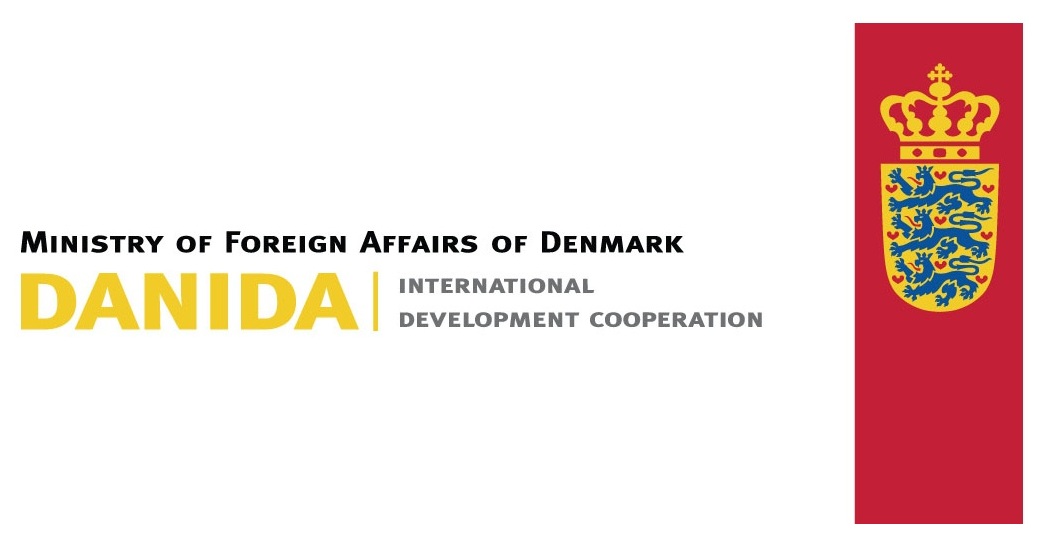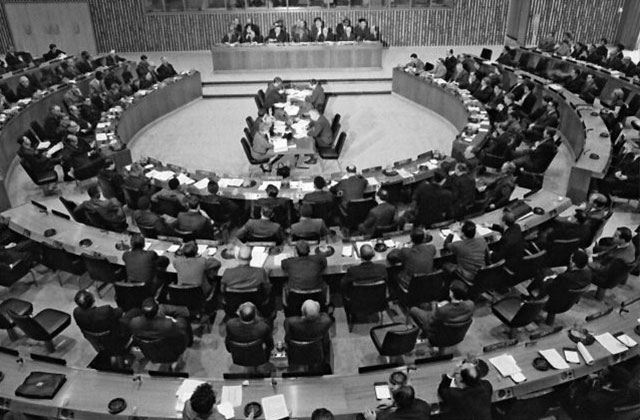An overview of Danish international development aid, 1960-2010
Denmark has historically been amongst the largest donors of development aid in proportion with its Gross Domestic Product (GDP). Since the middle of the 1970s, the country has been one of the few to live up to the United Nation’s goals for high income countries, that is, to provide at least 0.7% of GDP. In a short period in the 1990s, Denmark actually provided more than 1%. A large part of Danish development aid has been targeted at improving the conditions of the weakest groups and is primarily given to the poorest developing countries. Danish aid has often been praised in international evaluations. Even though a feeling of responsibility has played a big role in the high level of Danish aid, it has also been an integrated part of Denmark’s foreign policy in the period since the Second World War. It has been used to support international cooperation with, among others, the United Nations, and has been used to advance Denmark’s foreign policy priorities on the international agenda, such as, social development, equality and the environment. At the same time, it has been an important part of Denmark’s bilateral political and economic relations with many developing countries.

The international background to Danish development aid
Development aid from wealthy to poor countries is primarily a phenomenon that belongs to the post-war period. In conjunction with decolonialisation and spurred on by the political climate during the Cold War, USA and several other earlier colonial powers began to give development aid in the second half of the 1940s and the 1950s. From the middle of 1950s, the Soviet Union also began to use aid as an active political instrument which increased the international race to secure the favour of developing countries.
It was not until around 1960, however, that creating ’development’ through economic assistance seriously broke through internationally. The UN appointed the 1960s as the ‘decade of international development’ and set goals for the volume of aid from high income countries and a number of new international development programmes were founded. However, in 1970s, the international belief in the effectiveness of the assistance declined and the volume of development aid stagnated. At the same time, however, there was an increased focus on the most underprivileged groups in the poorest countries, and new priorities arose, such as aid targeted at women. In 1980s, further goals were added, including human rights, the environment and advancing democracy.

The first session of the UNDP (United Nations Development Programme) in 1966. Photo: UN Photo Database/Yutaka Nagata.
After the fall of the Berlin wall in 1989, there was another downturn in international development aid. The end of the Cold War meant that the contest between East and West in aid-giving ended, and, at the same time, Eastern European countries were also now potential recipients of aid and thus the pot needed to be divided between a greater number of countries. This partially changed after 2001 when the UN’s 2015-goals on halving poverty in the world, the terror attack on the World Trade Centre and the threat of global warming created a renewed focus on developing countries, not least in Africa and the Middle East.
Danish development aid before 1971
In 1950s, Denmark channelled nearly all of its very limited development aid through the UN which had founded its first development programme in 1949. Even though Denmark during those years was the largest per capita donor to the small UN programme, development aid was in fact not a high priority domestically.

Initially, Denmark channelled limited amounts through the UN. Here, two Danish medical staff for the UN are bringing in a patient for assistance at Matadi hospital, the Democratic Republic of the Congo in 1960. Photo: UN Photo/JH.
This changed around 1960 when the renewed focus on development aid also broke through in Denmark. The first Danish legislation on development aid was passed in 1962 and a bilateral development aid programme with development projects and loans was established. In real monetary terms however, Denmark contributed considerably less than the larger countries which had previously been colonial powers such as France and England. When an OECD report in 1965 revealed that Denmark was amongst the richest countries, but provided the least amount of development aid overall, it created domestic political pressure to increase donations, first and foremost from many humanitarian and youth organisations, and Danish political parties in the centre. Development aid became a broad and popular cause, and around 1970 Danish aid expenditure had reached a per capita level that was around average amongst the wealthiest countries.
Danish development aid 1971-89
The United Nations’ goal for high income countries to provide 0.7% of GDP was an important target for the Danish aid effort, and Denmark reached it in 1978. Denmark therefore became a member of a small, exclusive club of donor countries, made up of the other Scandinavian countries and the Netherlands, which were the only ones that lived up to the target.
A little under half of Denmark’s development aid was channeled through international organisations, first and foremost, the UN and the World Bank. The second half was directed towards several different development countries, but, from the end of 1960s to the end of 1980s, much of it was concentrated on four countries particularly: Kenya, Tanzania, India and Bangladesh.
Denmark had from the beginning concentrated its efforts on the poorer developing countries and, from the middle of the 1970s, Denmark followed wider international development by targeting aid to a greater degree towards the poorest groups in developing countries, including women. This tendency continued in the 1980s, where new issues, like human rights, the environment and democracy, were included. Denmark began in this period to use aid to a greater extent to encourage concrete processes for change in developing countries, where earlier it had primarily been led by the developing countries’ wishes and priorities.
After the fall of the Berlin wall, 1989 onwards
After the fall of the Berlin wall, Danish aid continued to increase – in direct contrast to wider international tendencies. The classic development aid was supplemented with ‘support of the east’ to the earlier communist countries in Eastern Europe, together with increased donations to environmental improvements and to promote peace and stability. In 1992, Danish aid had reached 1% of GDP which made Denmark, relatively speaking, the largest donor in the world, a position which was upheld until the turn of the century.
After Anders Fogh Rasmussen’s centre-right government came to power in Denmark in 2001, development aid was deprioritised. The ‘VK’ government coalition consisted of the Liberal Party (Venstre) and the Conservative Party (Det Konservative Folkeparti). The government coalition’s majority was founded on its alliance with the Danish People’s Party (Dansk Folkeparti) which took a sceptical view of development aid.
Under the VK-government, development aid stabilised at around 0.8% of GDP and several extra donations for, for example, the environment were stopped. At the same time, the effort to advance democracy to counteract the threat from international terrorism, which dominated the international agenda after the terrorist attacks in the United States in September 2001, became a priority. The government also downgraded support to international organisations and prioritised the effort to limit the numbers of refugees coming to Europe. These were, however, only small changes and the classic profile of Danish development aid policy with its orientation around poverty was largely maintained.
Motives and particular characteristics
Apart from being a relatively generous aid donor, Danish development aid has been characterised historically by its focus on poverty alleviation and the poorest groups in the recipient countries. This, together with the significant support for international organisations’ development programmes, have been the most fundamental characteristics of Denmark’s aid profile. This profile is to some extent similar to that of the other Scandinavian countries and the Netherlands. The historic similarities have sometimes led to Denmark, Norway, Sweden and the Netherlands being called ‘the likeminded’.
Regarding the motives for Denmark's relatively large development assistance, idealistic goals and a sense of moral responsibility amongst politicians and the population have played a major role. To some extent, development aid was seen as a parallel to the national welfare state’s responsibility for the weakest. Development aid also played a role in Danish foreign policy, however. It was used to strengthen the UN system and to enhance Denmark’s international reputation. At the same time, it created positive political and economic contacts in several developing countries which could strengthen Danish trade. Finally, it could be used to advance key issues for Denmark on the international agenda, such as equality and consideration for the environment.
Further reading:
- Christian Friis Bach, ed., Idealer og realiteter: Dansk udviklingspolitiks historie 1945-2005 [The History of Danish Development Policy, 1945-2005] (2008).
- Thorsten Borring Olesen & Jan Pedersen, 'On the side of the angels: altruism in Danish development aid 1960–2005', European Review of History: Revue européenne d'histoire (Vol. 16, Issue 6: 2010), pp. 881-903.
- Thanks go to danmarkshistorien.dk for allowing us to translate this article. Read this article in Danish on danmarkshistorien.dk (published 14th March 2012)
